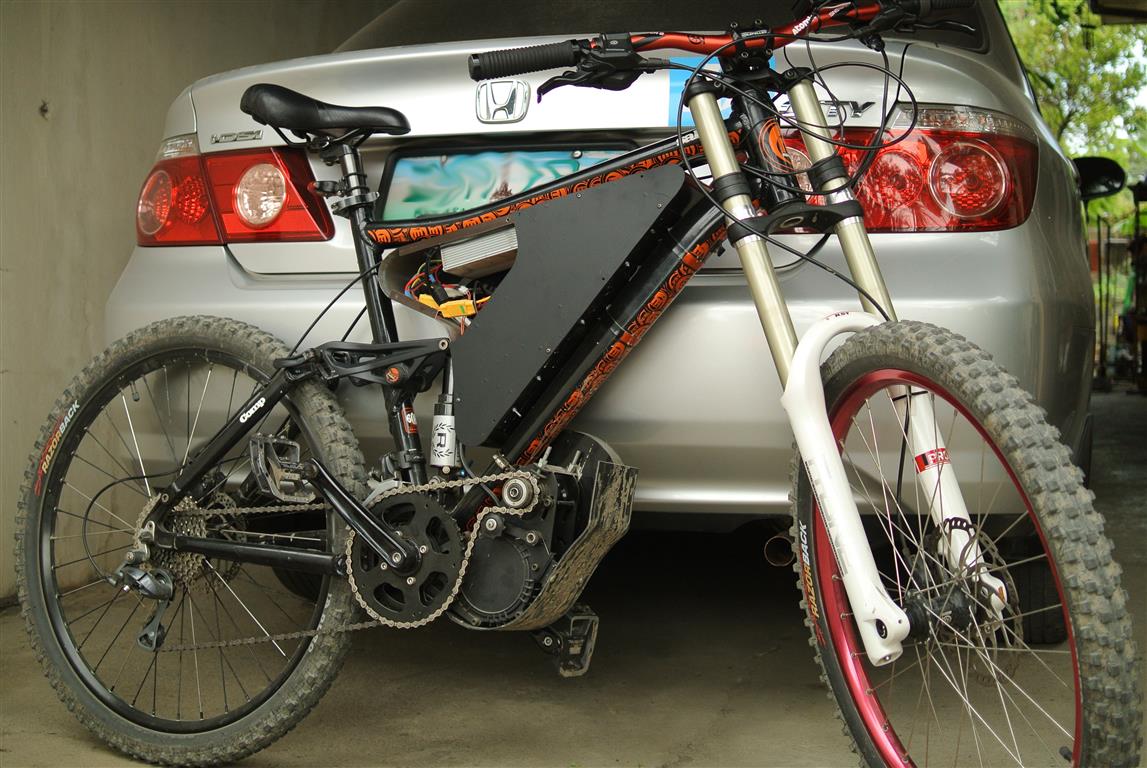Ok, I tried to educate myself on the math so I could come back here and ask more lucrative questions/have some I idea of what's going on, but that didn't work out. lol. I've always been an idiot with math. I don't know if my mind just shuts down when I try due to refusal to get into learning or if I have some type of legit issue there, but ether way, that's the way it is. I never let that stop me form anything I want to do, so that said, If y'all don't mind leading me through this, I'd like to get moving on it. It'll be a slow process of asking, ordering parts, asking again, step by step, not blowing my mind with everything at once, and once it's done, it'll probably all come together for me, at least for the most part. At least that's the way it always worked in the past.
So lets go with safety within reason, give a little where we can, and go fairly small for now, if that sounds good? Judging from the pack I asked about and it getting around 40 MPC from a 90 some odd count battery pack, I should get somewhere around 25 to 30 miles or so from a 60 count battery pack, and later I can always build a second to go with it. That'll get me well on my way, and do most of what I need to do.
I've looked into the cooling aspect of going with those black honeycomb brackets, the fact if I ever have to take it apart that would make it easier and they just seems to make the whole thing a lot neater as well. I don't mind the extra space it'll take, so I'd like to go with those. I think the fixed brackets are probably a better idea than the X1, X2, X3 and so on that you clip together. I just found 2X60 (1 top/1 bottom) on ebay for 10 bucks and I want to go ahead and order that. Any problem with any of that?
I'm thinking for the first pack, instead of investing in a spot welder, I'll go with solder, the strips and whatever fuses you recommend. I won't concern myself with how everything is to be situated for the moment, I'll just get the parts and cross the technical bridges as we come to them or as necessary.
Sound ok so far? And I should add, I'm not obligating anyone to anything, but as long as I ask and you are answering I'll roll with it.
Some questions for lets call it step one...getting all batteries together, in the brackets, stripped, fused and soldered. And that's is assuming what I want to do thus far is ok and in the right order:
I have a 937D Soldering station, will that be sufficient for this? (I'll fire it up and see what max temp is if you need me to.
Do the brackets I want to use sound ok?
What kind of and roughly how much solder to order?
The metal strips? What type metal? Just order strips or some type of reconfigured set up? Roughly what size and how many?
Fuses? ebay ok? what type? how many?
That should do for the moment, and if there is anything you don't like about where I am so far just say so. On the batteries, I ordered another single battery to see if it would be worth ordering several more but they ended up all 1800 mah each so, I guess those are out? I've seen people using high and lower capacities together but if y'all say not a good idea then I'll go with your decision on that.
Important question so I can get the few batteries that I am short of. What do we consider too much variance on capacity? Say the base mah is 2100 per battery, what is the plus or minus on that?
If some of this was already answered, please bear with me, lots of info here to get lost in.









